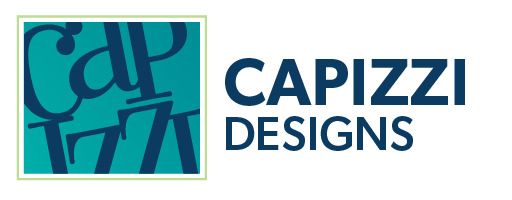Creating a Strong Design Partnership for a Successful Event
This year Capizzi Designs supported over a dozen client events from fundraisers to conferences across the country and even as far as China. As many of you already know, events are the perfect way to get in front of potential donors, association members or future customers. There’s nothing like some face-to-face time to show your audience what you are all about. Making a good first impression is essential to getting — and keeping— their attention. This happens before they even step foot in the room with your promotional materials. Think invitations, social media posts, e-blasts and registration website. Once you get your audience to show up, a well branded room for your event can help your attendees get focused and in your mode, ready to hear your message or appeal.
Design is just one part of a successful event, but with the proper planning and the right design partner, it can be one part that you don’t have to worry about. Here’s some of the best ways to create a successful event with your designer:
Plan ahead.
Most events are on the calendar months in advance. Share the dates with your designer as soon as you know them to reserve her time, secure other vendors and create a preliminary schedule to avoid a final-hour crunch.Give your designer the big picture.
Depending on the type of event, it can be helpful to include your designer in preliminary planning so that she has full understanding of the goals and all the details. Venue floor plans, including examples of customized signage also help your designer envision the space.Allow for some wiggle room.
Even the best planning can't prevent delays caused by severe weather or other factors out of your control. Planning for the unexpected is essential to a stress-free event. Have your materials arrive early to your venue (just double check their restrictions on deliveries) and build in a buffer to your production schedule.Share feedback afterwards.
Sharing feedback while the event is still top of mind can make the next go around smoother and easier. If you do a repetitive event, working with the same designer each time can make the process seamless. She’ll learn what to expect, including the challenges, and be prepared to tackle them the next time.Create a checklist or audit for yearly events.
If you host a repetitive event, especially one that includes lots of design components, ask your designer to create a checklist or an audit you can reference for future planning.
Do you have any events in the new year? I'd love to hear about them.
